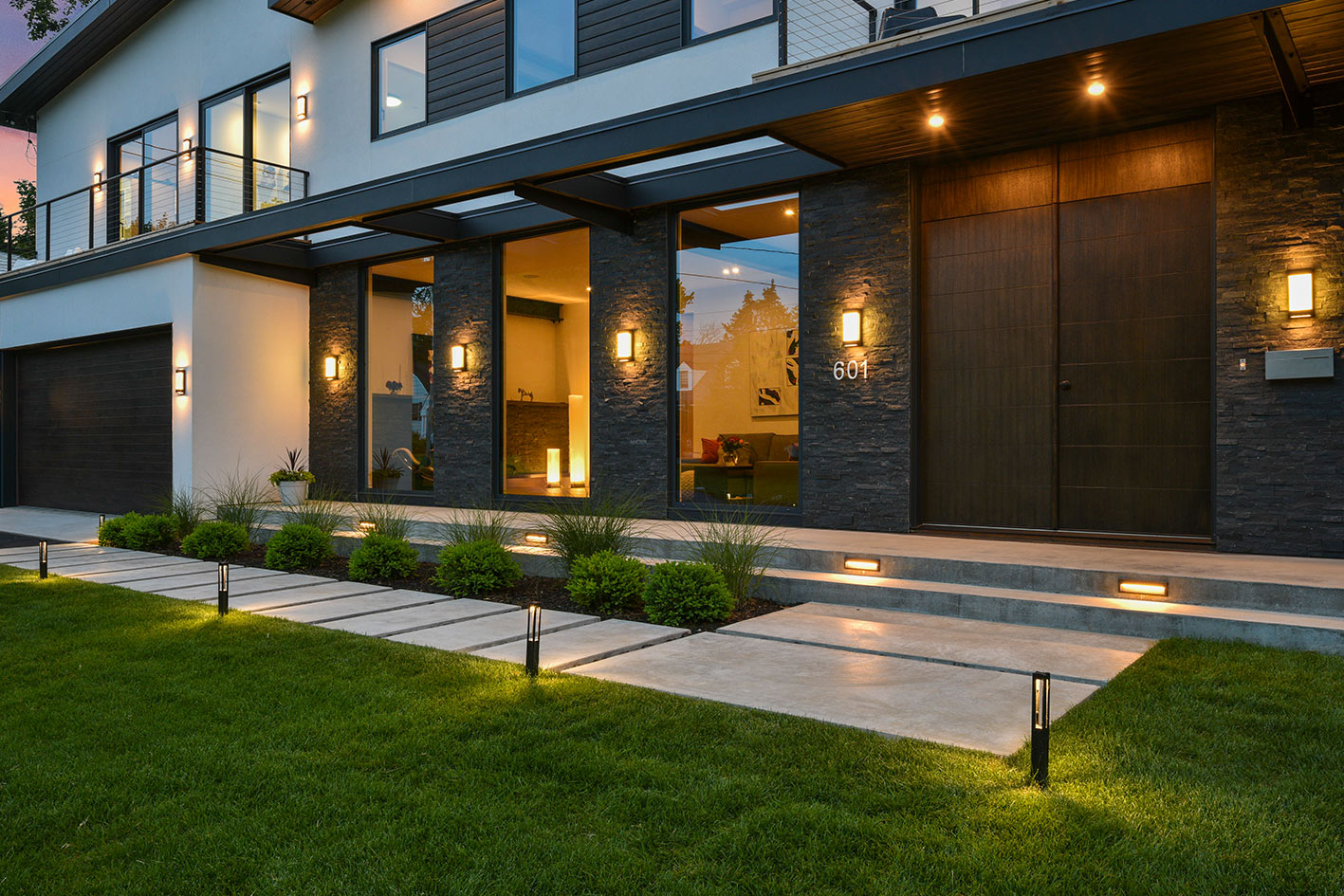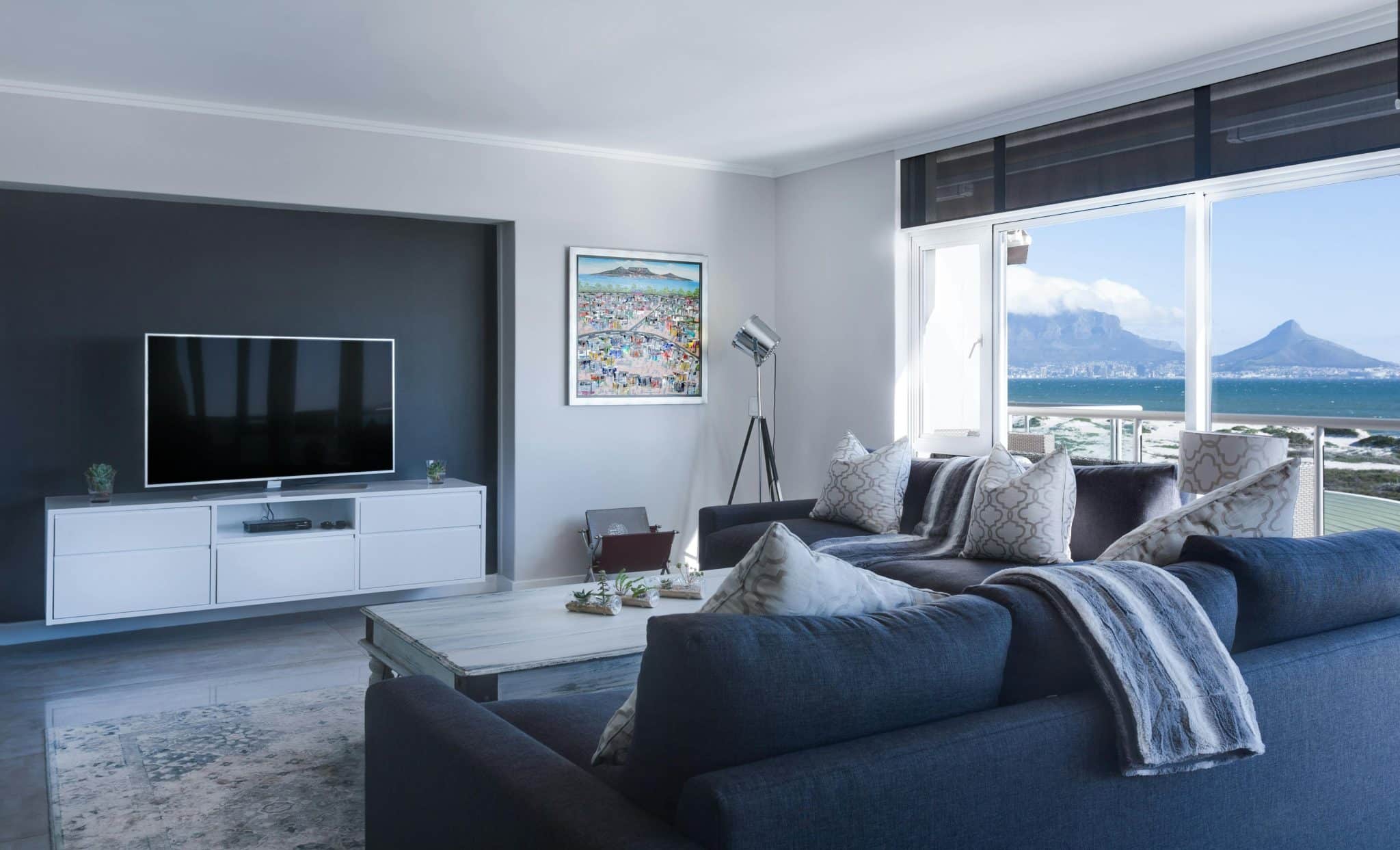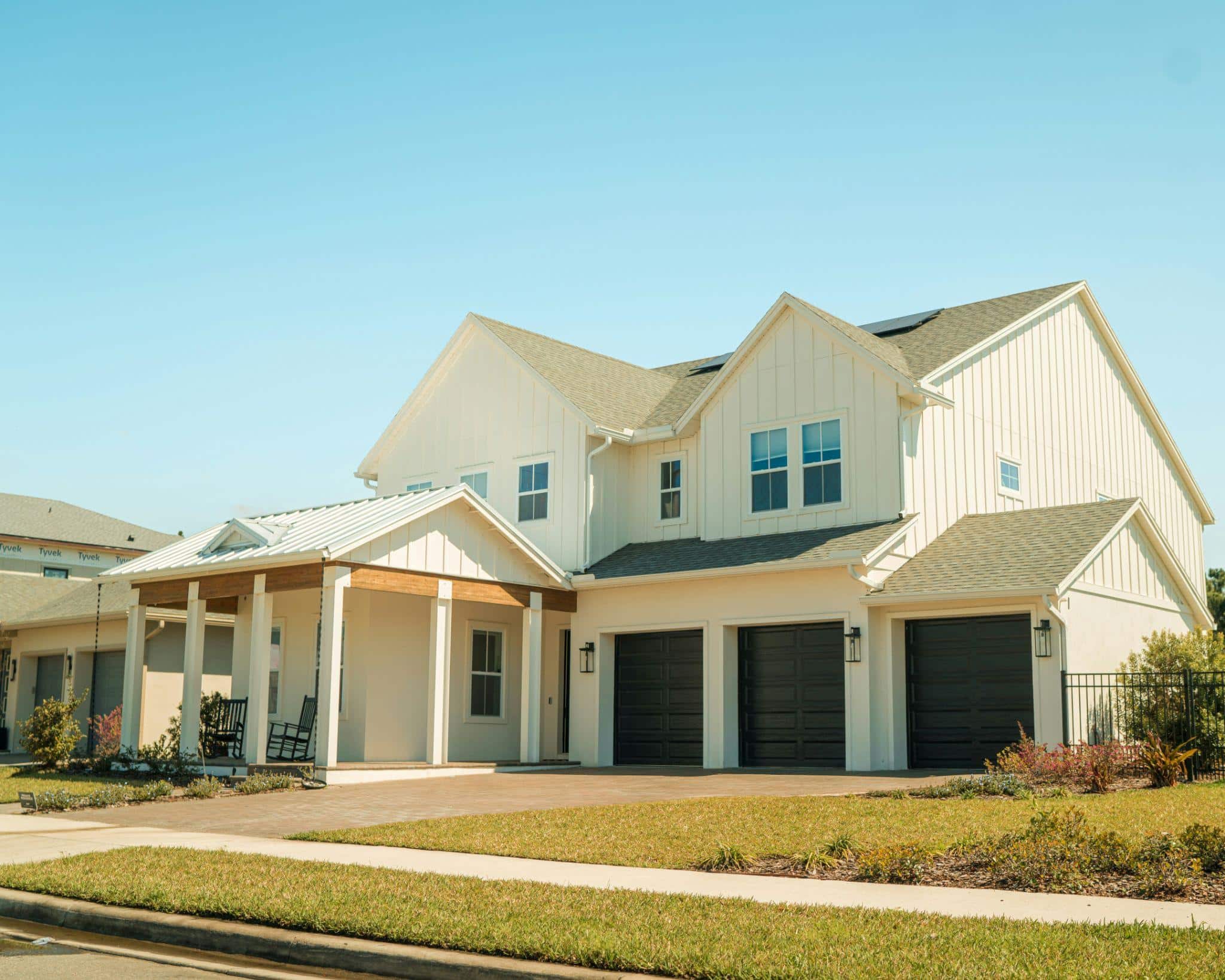Dark interiors can seem overwhelming and less welcoming, especially when they lack natural light. However, appropriately chosen windows can completely transform such a space by letting in more daylight and improving comfort. In this article, we will explain what to look for when choosing windows and how to arrange them to fully utilize the potential of natural light.
Why Is Natural Light Important in Everyday Life?
Sunlight regulates the circadian rhythm, improves mood, and supports the production of vitamin D, which is essential for the proper functioning of the body. Bright, well-lit spaces increase efficiency and make it easier to concentrate during work and study.
Moreover, using daylight helps reduce electricity consumption, lowering bills and supporting environmental protection. In a well-designed interior, natural light also becomes a decorative element, accentuating the colors, textures, and details of the arrangement. It is an investment in the comfort and health of our family.
Natural light is an investment in the health, comfort, and efficiency of our daily lives. Its proper use can contribute to improved sleep quality, increased productivity, energy savings, and the creation of aesthetic, inspiring spaces. Therefore, it is important to ensure that our homes, workplaces, and study areas are well lit, which translates into an overall improvement in the quality of life for the whole family.
Which Windows Provide the Best Illumination?
Not all windows let in the same amount of light – their type, size, and location are crucial for the brightness of the interior. Here are some solutions worth considering:
- Large glazed areas (panoramic windows and patio doors): ideal for living rooms and dining areas, they create an impression of an open space and let in the maximum amount of daylight.
- Corner windows: allow light to be utilized from two sides, which works well in smaller or less regularly shaped rooms.
- Skylights: perfect for attics – they let light in from above, evenly illuminating the space.
- Unconventional window shapes: semi-circular or asymmetrical windows not only brighten the interior but also give it a unique character.
- Narrow-profile windows: provide additional glazing area and are characterized by a very favorable Lt coefficient for glazing packages. This allows a higher percentage of sunlight to enter the interior.
When choosing windows, remember that their size and location should be adjusted to the function and specifics of the room to fully utilize the potential of daylight. More information about windows and patio doors can be found at https://oknoplast.us/
Which Glass Should You Choose to Increase the Amount of Light?
The type of glass in the windows plays a crucial role in the amount of light that enters and the comfort of use. Here are the most important options to consider:
- Low-emissivity glass: lets in a large amount of sunlight while retaining heat inside the room. An ideal solution for those who want to combine brightness with energy savings.
- Anti-reflective coated glass: reduces glare and increases light transmittance, which is effective in rooms with limited access to sunlight.
- Transparent vs. frosted glass:
o Transparent – lets in more light, perfect for living rooms or kitchens.
o Frosted – provides greater privacy, ideal for bathrooms or rooms with windows facing the street.
Choosing the right glass allows you to maximize natural light while tailoring the solution to the specifics of the room.
What to Consider When Arranging Interiors with Illumination in Mind?
The right interior arrangement allows you to extract the full potential of natural light. Here are a few proven solutions:
- Curtains and blinds: opt for lightweight, transparent fabrics or blinds instead of heavy, dark curtains; they let light through while providing privacy.
- Mirrors: placed opposite windows, they reflect sunlight, brightening the space and giving it depth.
- Color scheme: light walls, ceilings, and furniture reflect daylight, making the interior appear brighter and more spacious.
- Avoid dark furniture: large, dark elements absorb light, which visually reduces the brightness of the room.
- Artificial lighting: warm-colored lamps create a cohesive atmosphere in the evening while highlighting the brightness of the space during the day.
A well-designed interior combines functionality with aesthetics, allowing you to fully utilize the potential of natural light.
Does the Location of Windows Matter?
Yes, the location of windows plays a key role in the amount of light that reaches the interior.
Exposure to the cardinal directions is one of the most important factors:
- South-facing: lets in the most light throughout the day, making it ideal for living rooms and dining areas.
- East-facing: provides morning sun, perfect for bedrooms or kitchens where early light is important.
- West-facing: offers warm, afternoon rays, great for living rooms and bedrooms.
- North-facing: although the least sunlit, provides steady, even lighting, ideal for offices and kitchens.
It is worth considering potential obstacles such as trees, buildings, or architectural elements that may limit the flow of daylight.
The height of the windows also plays an important role – windows placed higher up illuminate rooms evenly, which is particularly effective in narrow spaces.
A well-thought-out window location allows you to maximize natural light while improving the functionality and atmosphere of the rooms.
If you need help choosing windows that ensure a constant supply of light in your home, consult the experts at OKNOPLAST.








